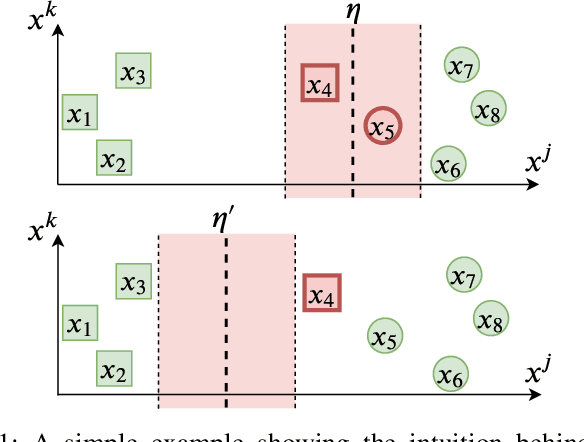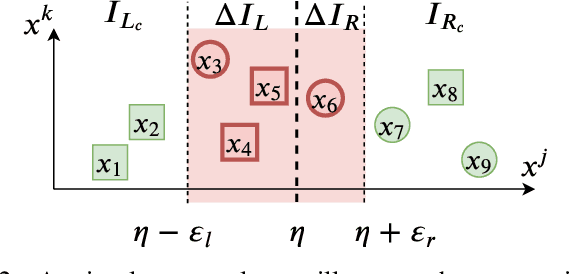Training Robust Tree Ensembles for Security
Paper and Code
Dec 03, 2019



Tree ensemble models including random forests and gradient boosted decision trees, are widely used as security classifiers to detect malware, phishing, scam, social engineering, etc. However, the robustness of tree ensembles has not been thoroughly studied. Existing approaches mainly focus on adding more robust features and conducting feature ablation study, which do not provide robustness guarantee against strong adversaries. In this paper, we propose a new algorithm to train robust tree ensembles. Robust training maximizes the defender's gain as if the adversary is trying to minimize that. We design a general algorithm based on greedy heuristic to find better solutions to the minimization problem than previous work. We implement the algorithm for gradient boosted decision trees in xgboost and random forests in scikit-learn. Our evaluation over benchmark datasets show that, we can train more robust models than the start-of-the-art robust training algorithm in gradient boosted decision trees, with a 1.26X increase in the $L_\infty$ evasion distance required for the strongest whitebox attacker. In addition, our algorithm is general across different gain metrics and types of tree ensembles. We achieve 3.32X increase in $L_\infty$ robustness distance compared to the baseline random forest training method. Furthermore, to make the robustness increase meaningful in security applications, we propose attack-cost-driven constraints for the robust training process. Our training algorithm maximizes attacker's evasion cost by integrating domain knowledge about feature manipulation costs. We use twitter spam detection as a case study to analyze attacker's cost increase to evade our robust model. Our technique can train robust model to rank robust features as most important ones, and our robust model requires about 8.4X increase in attacker's economic cost to be evaded compared to the baseline.
 Add to Chrome
Add to Chrome Add to Firefox
Add to Firefox Add to Edge
Add to Edge